News
-
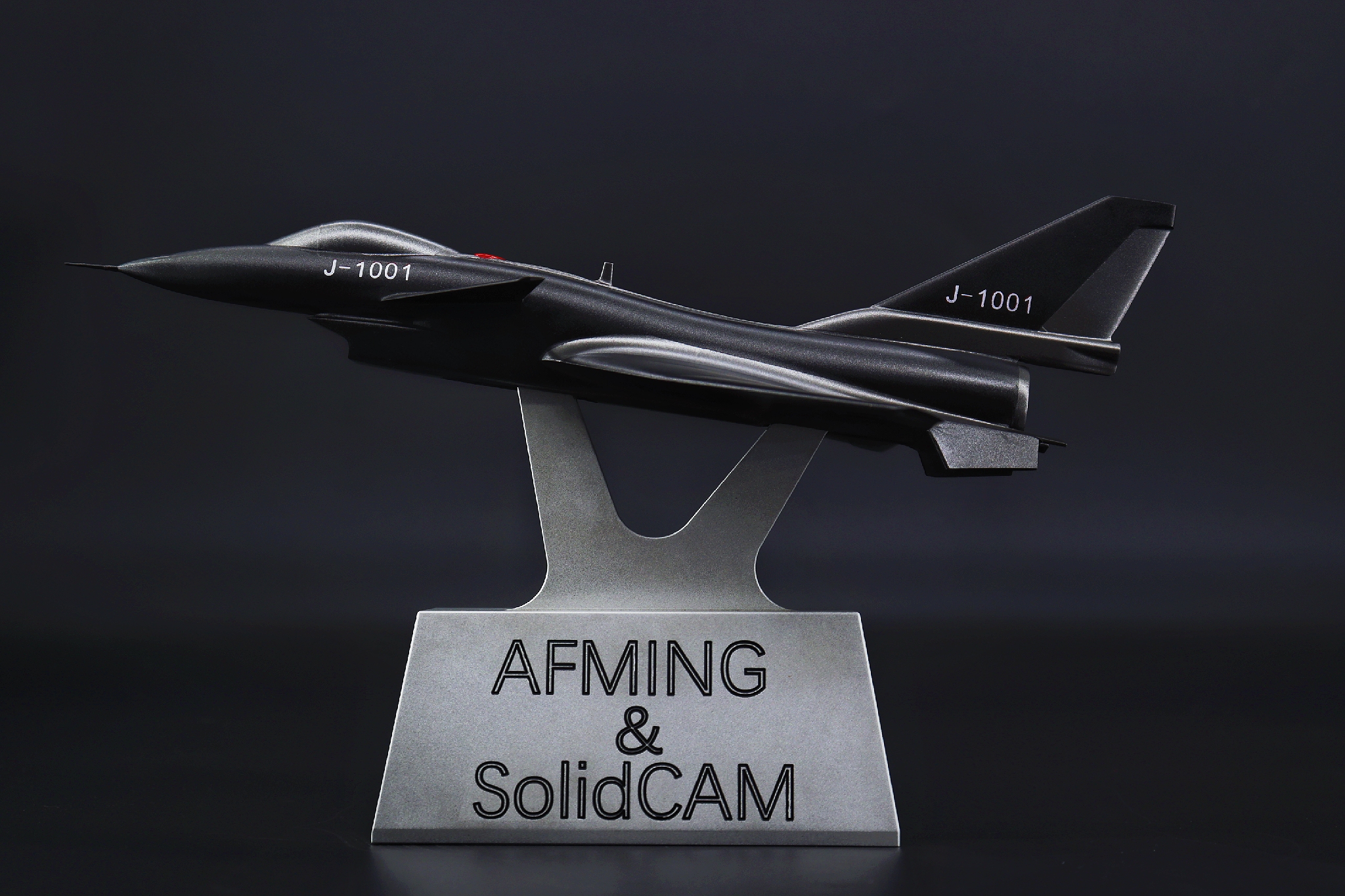
Basic requirements for machined parts by Senze precision Company
Machined parts requirements 1. Parts should be inspected and accepted according to the process, and only after passing the inspection of the previous process can they be transferred to the next process. 2. The processed parts are not allowed to have burrs. 3. The finished parts should not be plac...Read more -
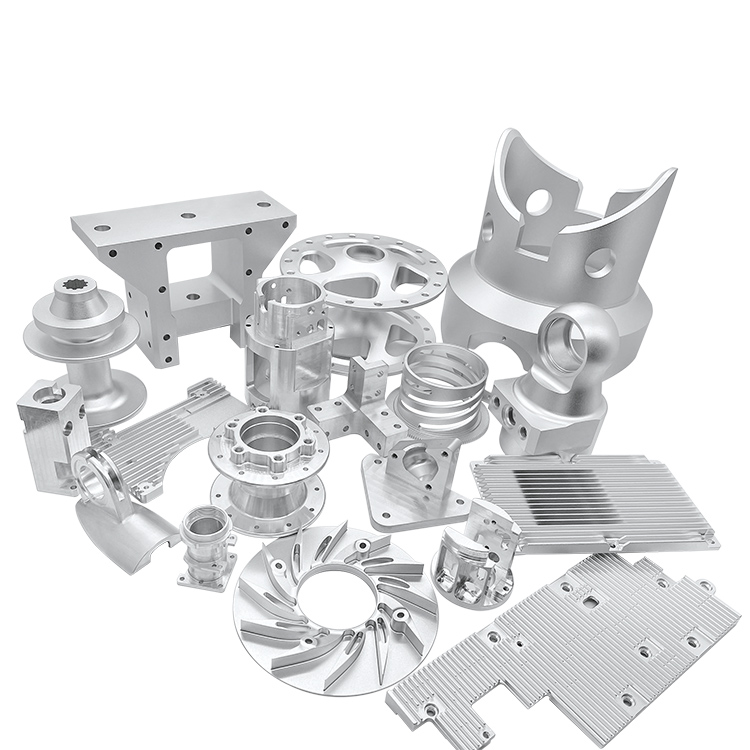
Do you know why has the trachoma or holes on the surface of aluminum parts machining?
After the aluminum processing parts are sandblasted and oxidized, trachoma-like holes will appear on the surface, which seriously affects the surface texture of the product. This often has a certain impact on the production and processing of products, such as delivery time and product quality. S...Read more -
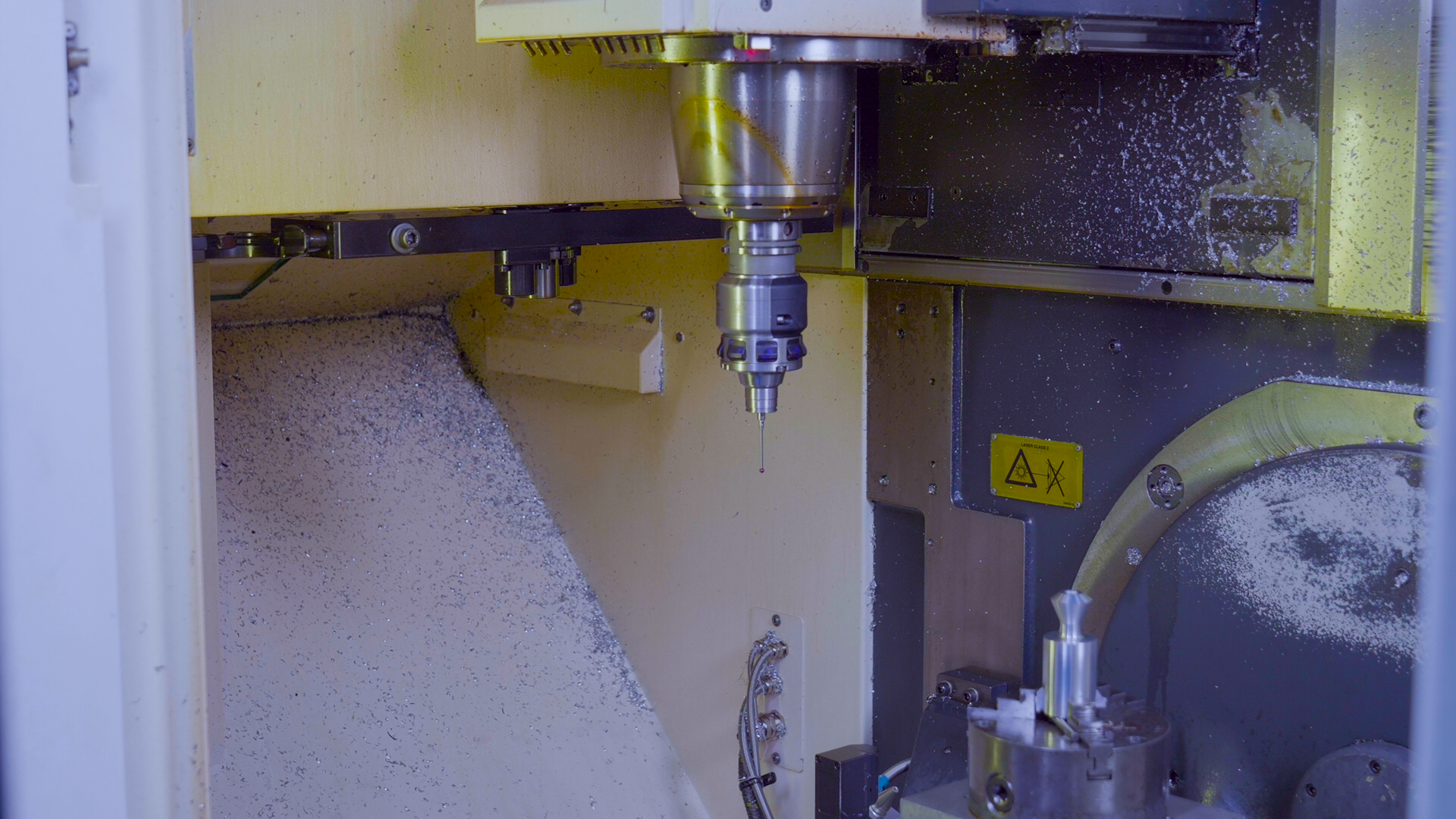
General technical requirements for Machining
General technical requirements 1. The parts are descaled. 2. On the machined surface of the parts, there should be no defects such as scratches, scratches, etc. that damage the surface of the parts. 3. Remove burrs. Heat treatment requirements 1. After quenching and tempering, HRC50~55....Read more -

Lathe process—One Kind Of CNC Machining Process
Lathe processing is a part of mechanical processing, and there are two main processing forms: one is to fix the turning tool to process the unformed workpiece in rotation; the other is to fix the workpiece, and through the high-speed rotation of the workpiece, the turning tool (tool holder) ) hor...Read more -

Why is heat treatment necessary for machining?
I. Why metal heat treatment Speaking of metal heat treatment, you can’t get around iron, which is the most abundant metal on our planet and the most widely used metal. Pure iron refers to the carbon content of less than 0.02% iron metal, is a flexible and ductile silver-white metal, has a g...Read more -
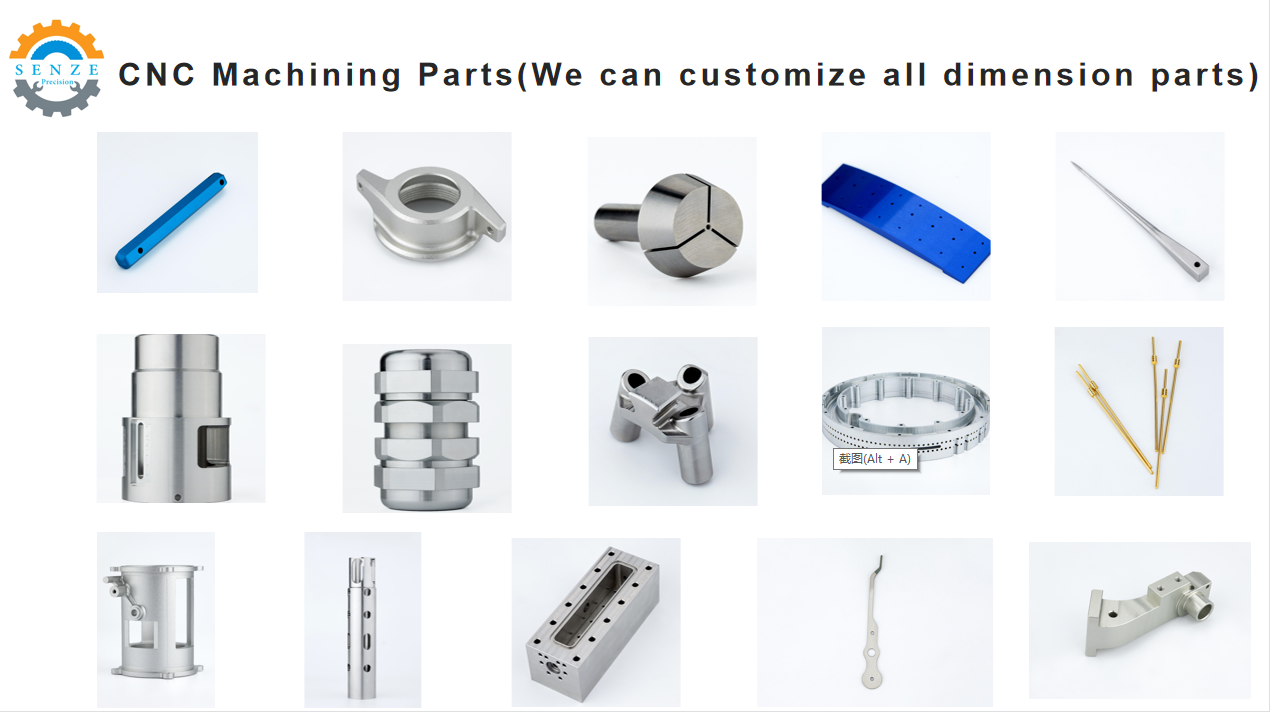
High Quality Packaging Process From Senze Precision
Senze precision company has very strict requirements for packaging, so as to deliver products to customers safely and without damage. Firstly, we will pack the products with white paper to prevent them from collision and wear. Secondly, we will pack the products with pearl cotton(plastic film) t...Read more -
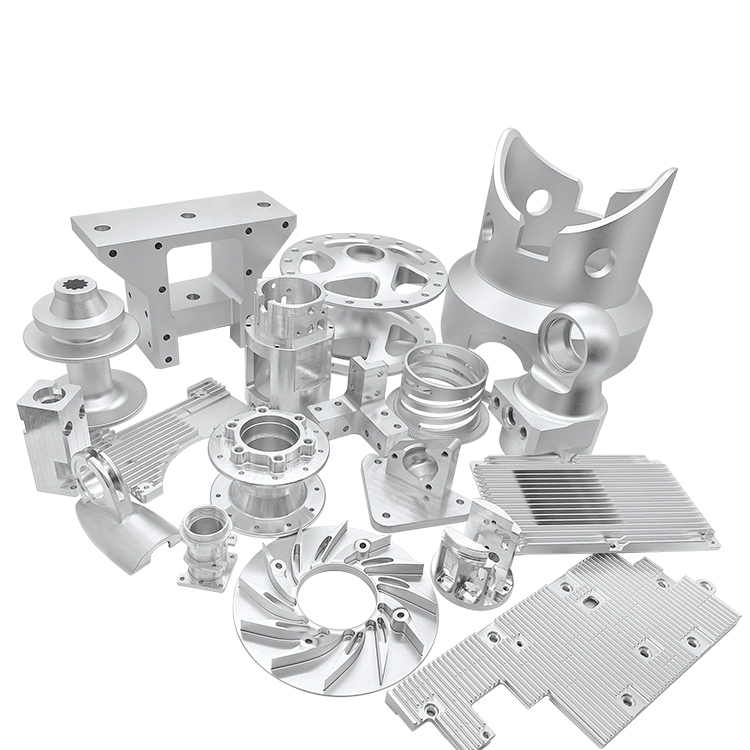
What is the difference between CNC machining and 3D printing?
1. Differences in materials: 3D printing materials mainly include liquid resin (SLA), nylon powder (SLS), metal powder (SLM), gypsum powder (full color printing), sandstone powder (full color printing), wire (DFM), sheet (LOM) and many more. Liquid resins, nylon powders and metal powders account ...Read more -

Die-casting Process
The die-casting process is a process of unifying pressure, speed and time using three major elements: machine, mold and alloy. For metal thermal processing, the presence of pressure is the main feature that distinguishes the die casting process from other casting methods. Die casting is a special...Read more -

The flow of Senze’s CNC Machining process
Steps to develop a process specification 1. Determine the production type. 2. Analyze part drawings and product assembly drawings, and perform process analysis on parts. 3. Select the blank material. 4. Develop the process route. 5. Determine the machining allowance of each process, and calculate...Read more -
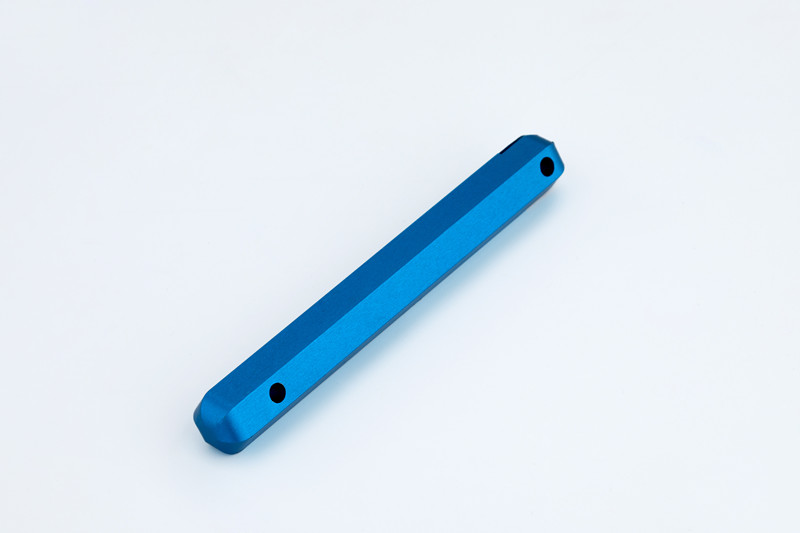
Sand Blasting-One Kind Of Surface Finish
Sandblasting is a process of cleaning and roughening the surface of a substrate by the impact of high-speed sand flow. Compressed air is used as power to form a high-speed jet beam to spray materials (copper ore, quartz sand, emery, iron sand, Hainan sand) to the surface of the workpiece to be tr...Read more -
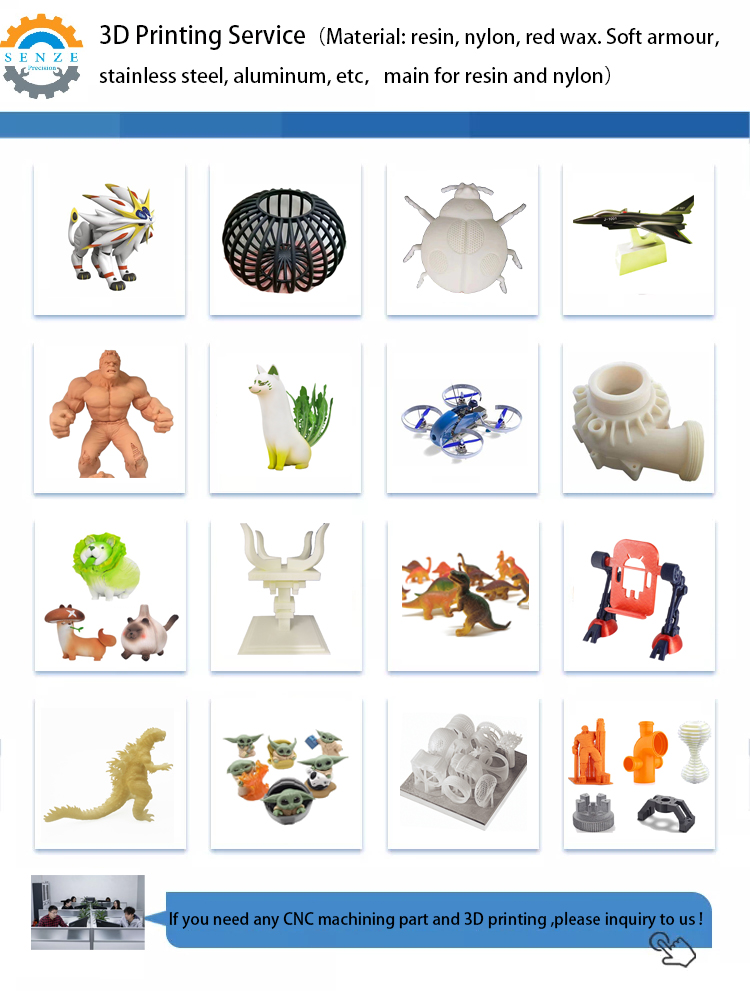
SLM 3D Printing Technology
SLM, the full name of selectivelasermelting, is mainly used in molds, dentures, medical, aerospace, etc. Metal 3D printing is equipped with 500W fiber laser, with collimation system and high-precision scanning galvanometer, fine spot and optical quality can be obtained, so SLM metal 3D printing h...Read more -
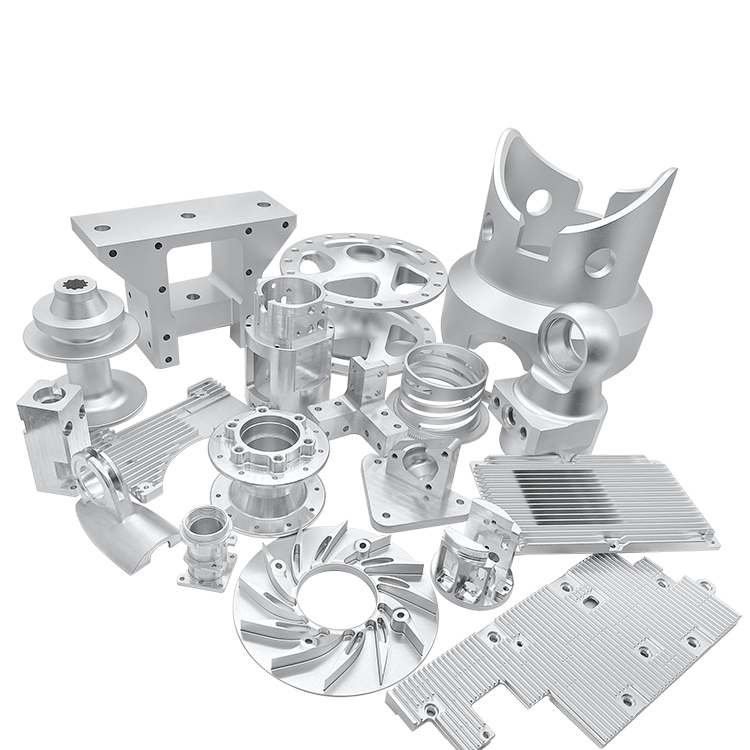
What are the causes of scratches when CNC machining parts?
CNC lathe machining, or CNC parts processing machine, is a machining machine used by our machining manufacturers. Oftentimes, scratches appear when CNC lathes are machining parts! Redo! Now let us Senze precision give you the answer to the reasons for the scratches on the parts processed by CNC l...Read more -
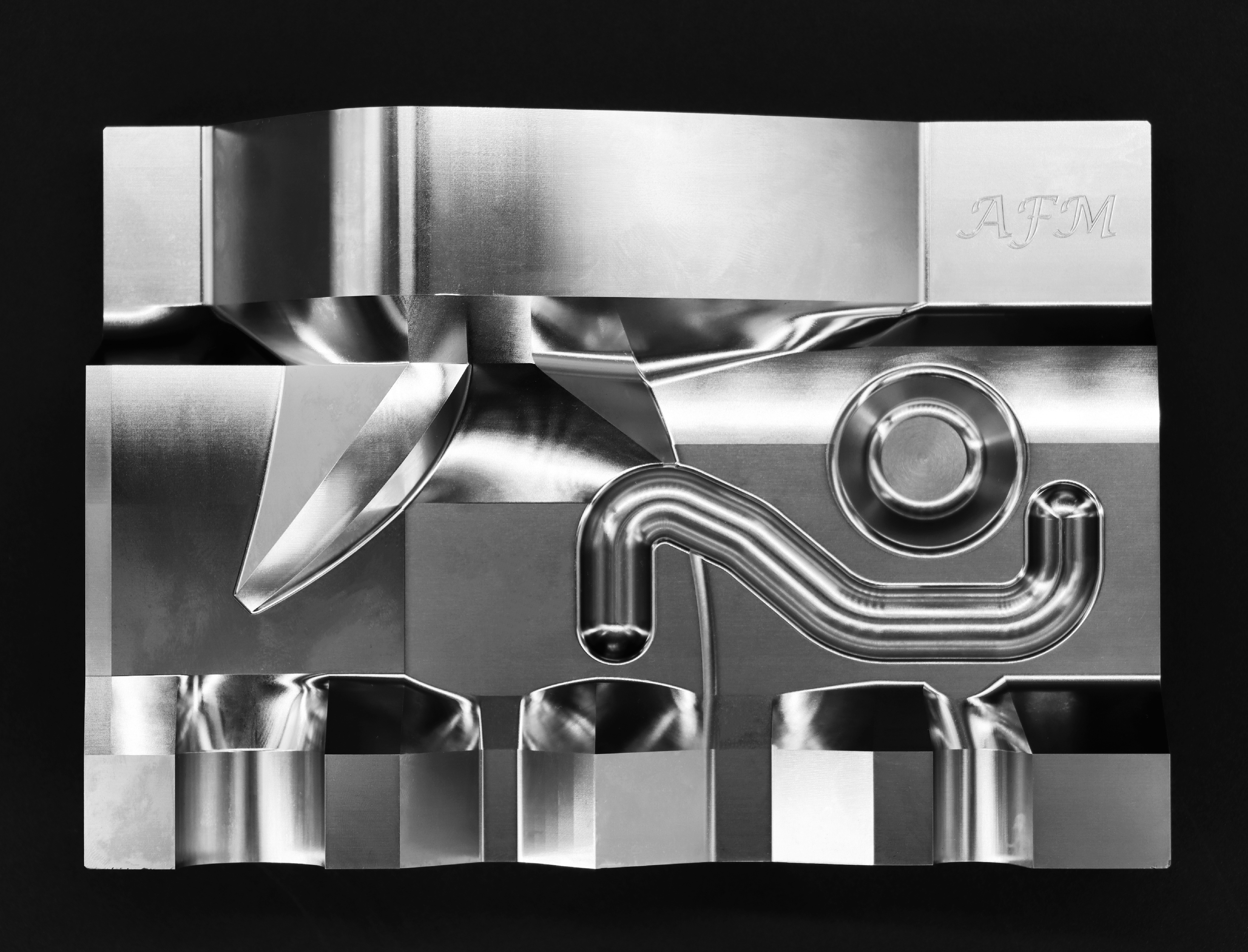
What is 5-axis CNC machining?
A 5-axis CNC machine moves cutting tools or parts along five axes at the same time. Multi-axis CNC machines can manufacture parts with complex geometries, as they offer two additional rotational axes. These machines eliminate the need for multiple machine setups. What are the advantages a...Read more -

Injection Molding-One Of processing technology from Senze
Injection molding is a method of producing shapes for industrial products. The injection molding process is a process technology, mainly a variety of processes that transform plastics into various desired plastic products. The principle is that granular and powdery plastic raw materials are adde...Read more -
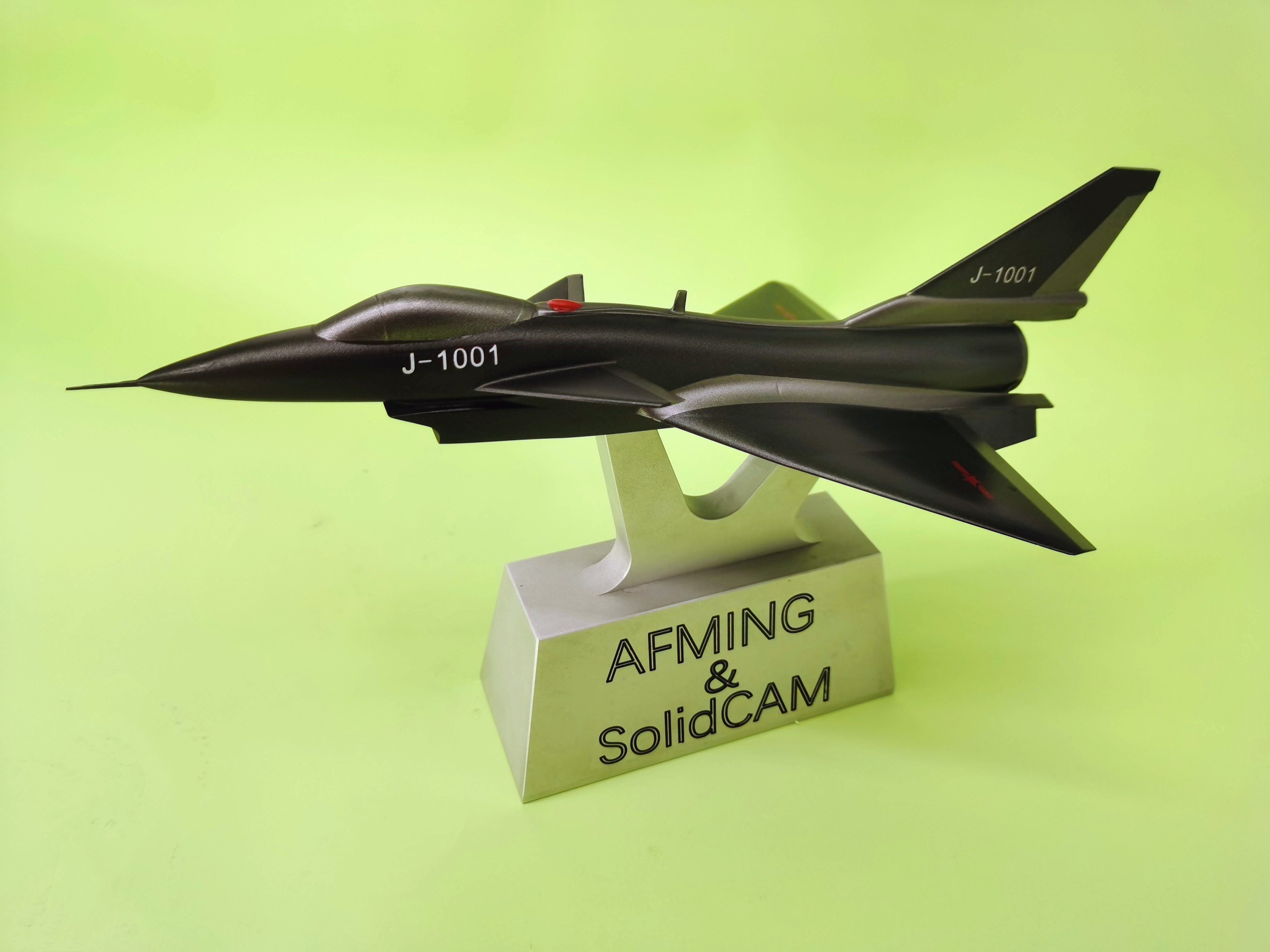
The Characteristics of the Four Main Types of 3D Printing Process
There are four main types of processes for 3D printing, and newer processes often emerge. Each additive manufacturing process uses different materials to produce components with unique properties that work well for specific applications. 1. there is photopolymerization Reduction polymerization o...Read more

